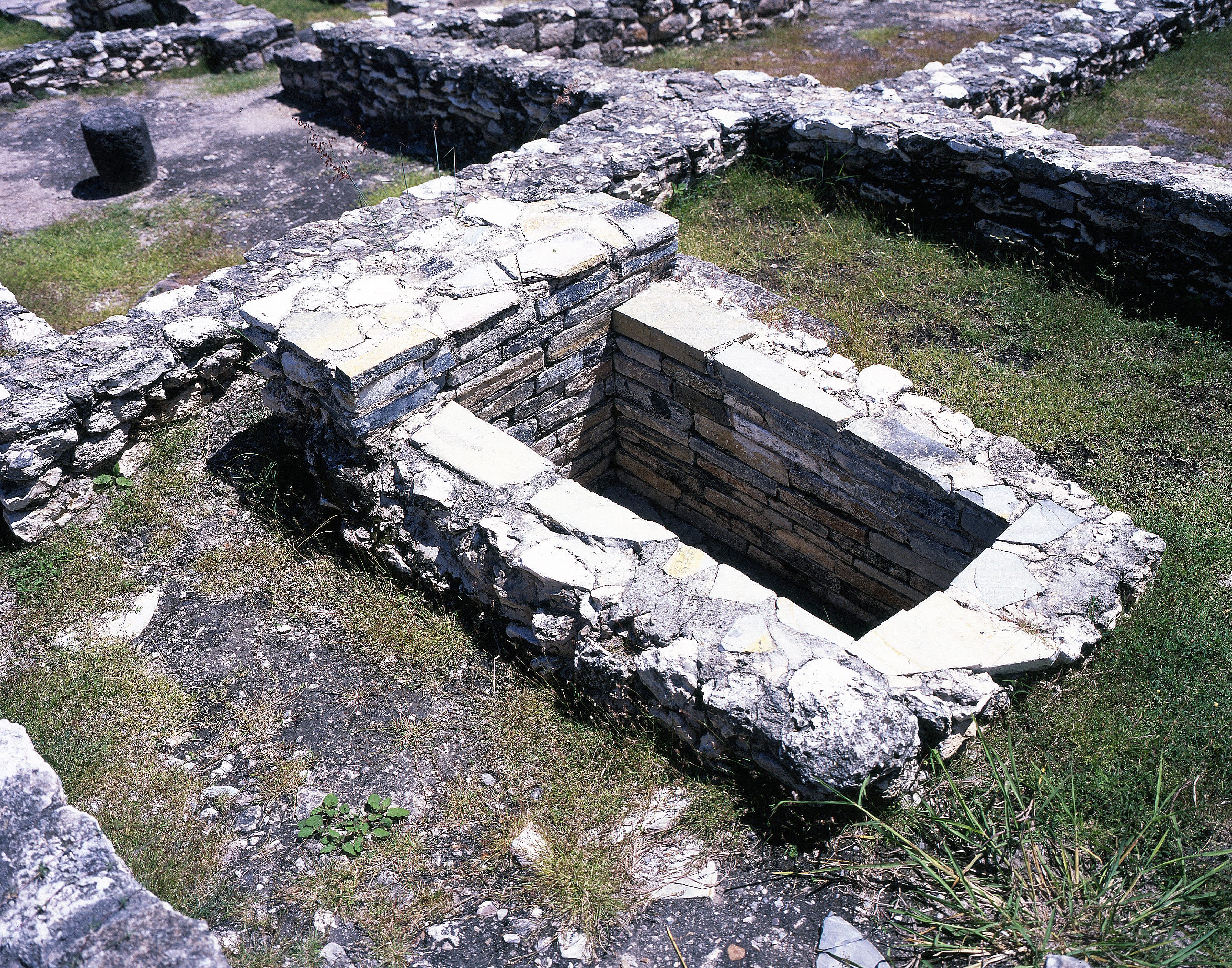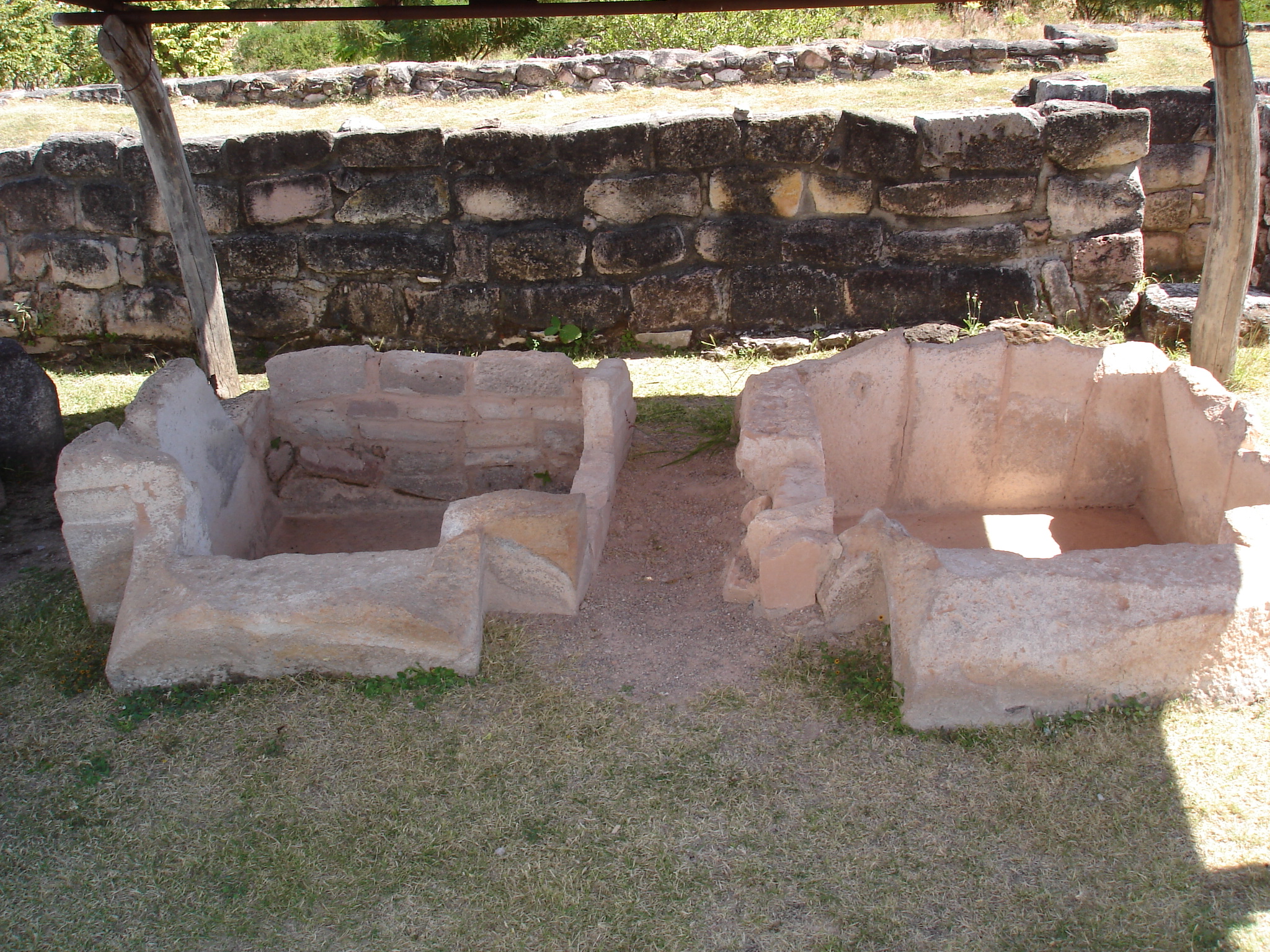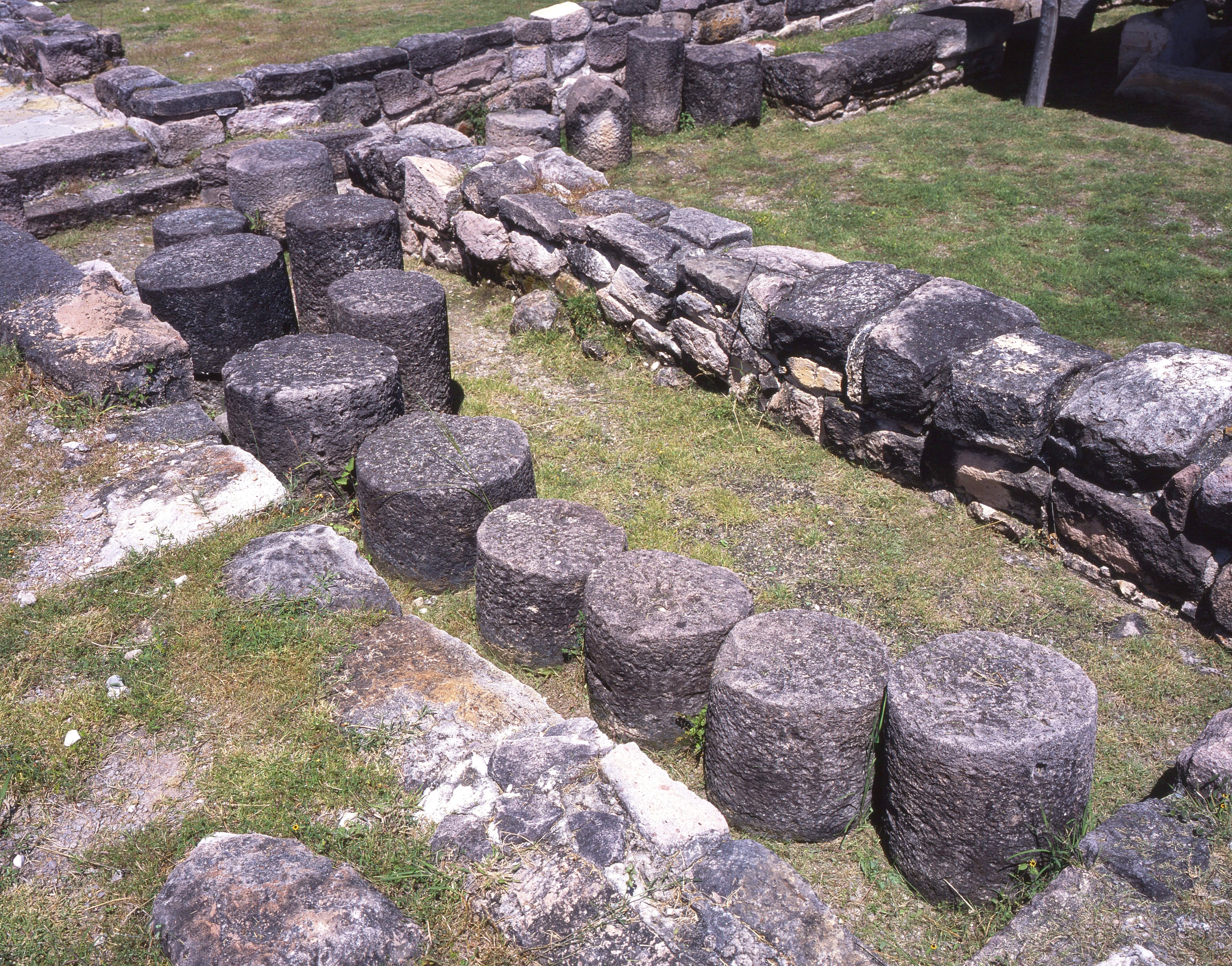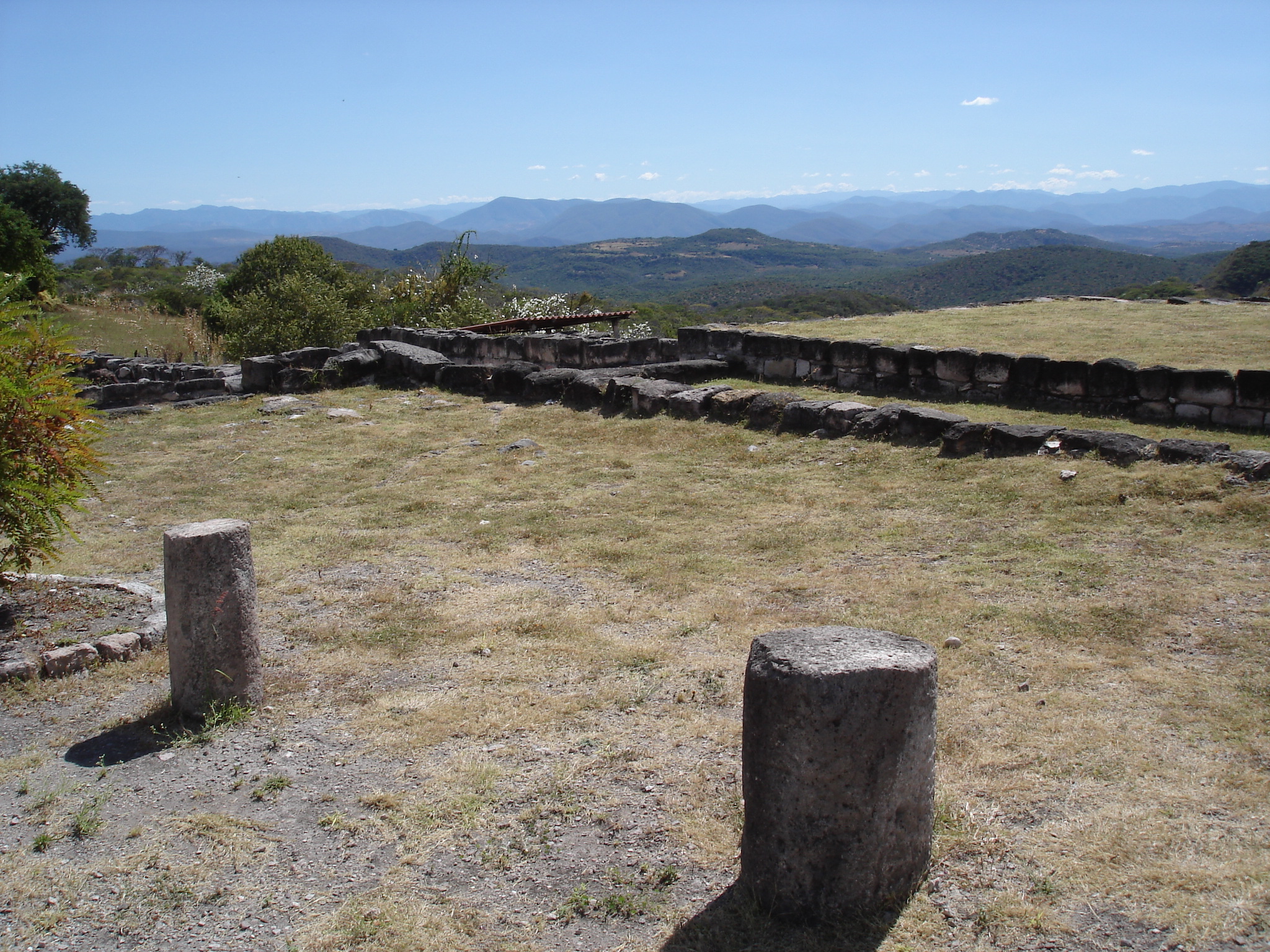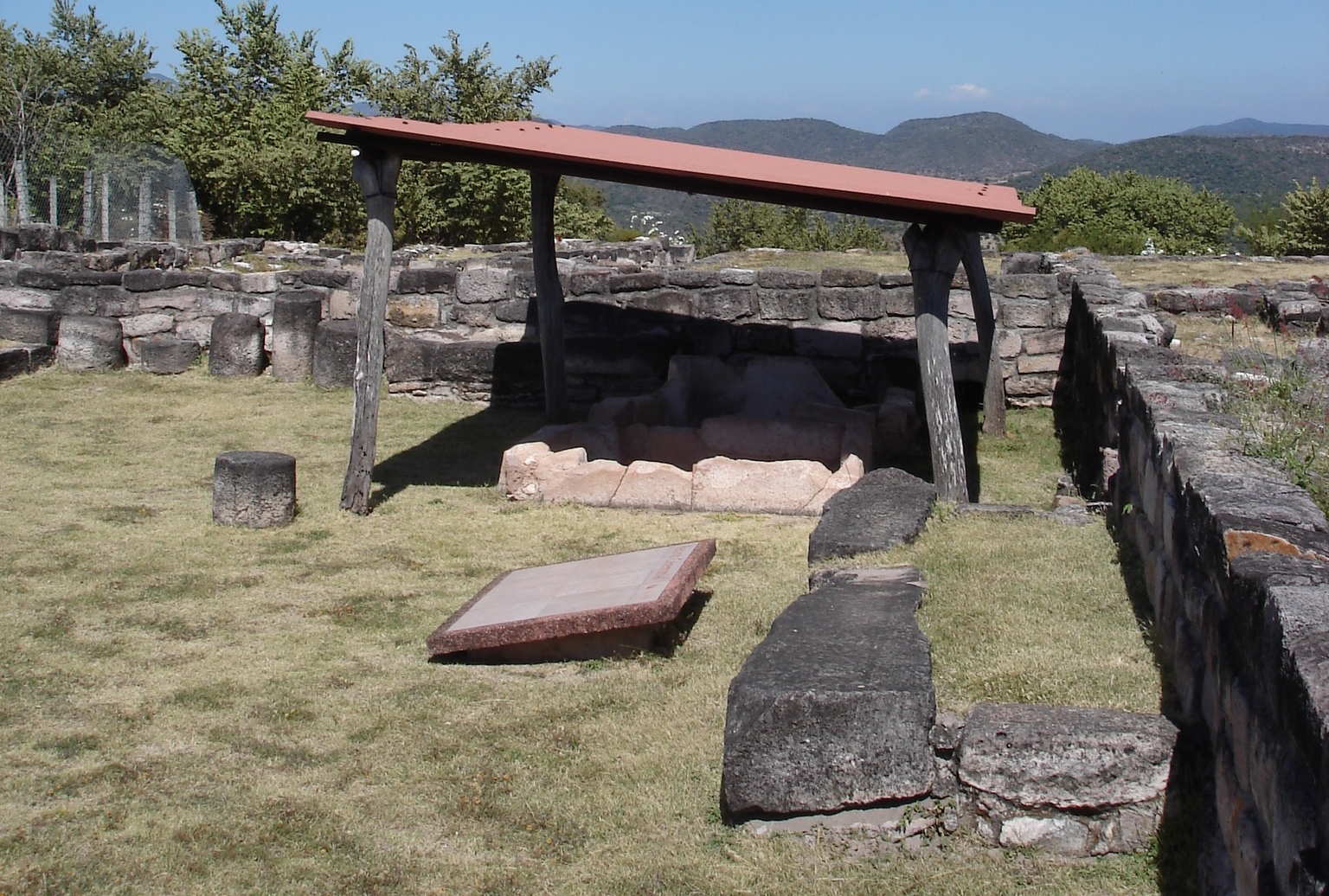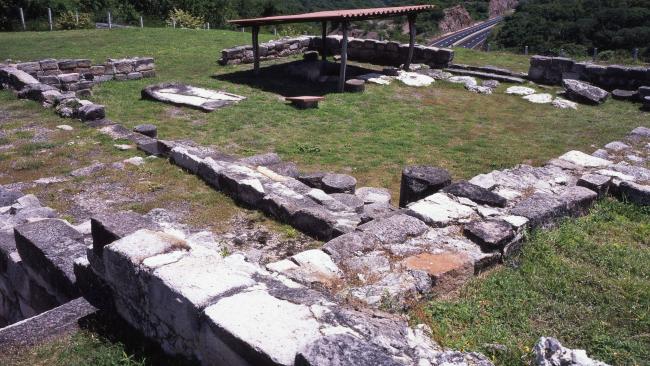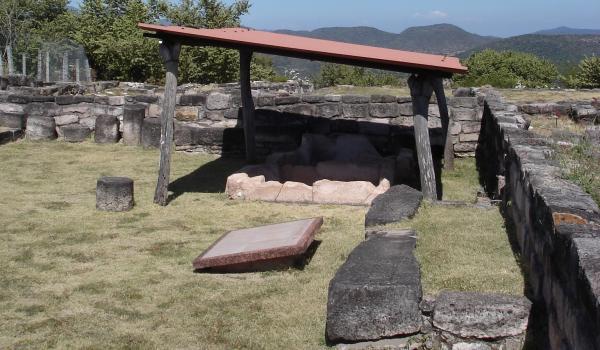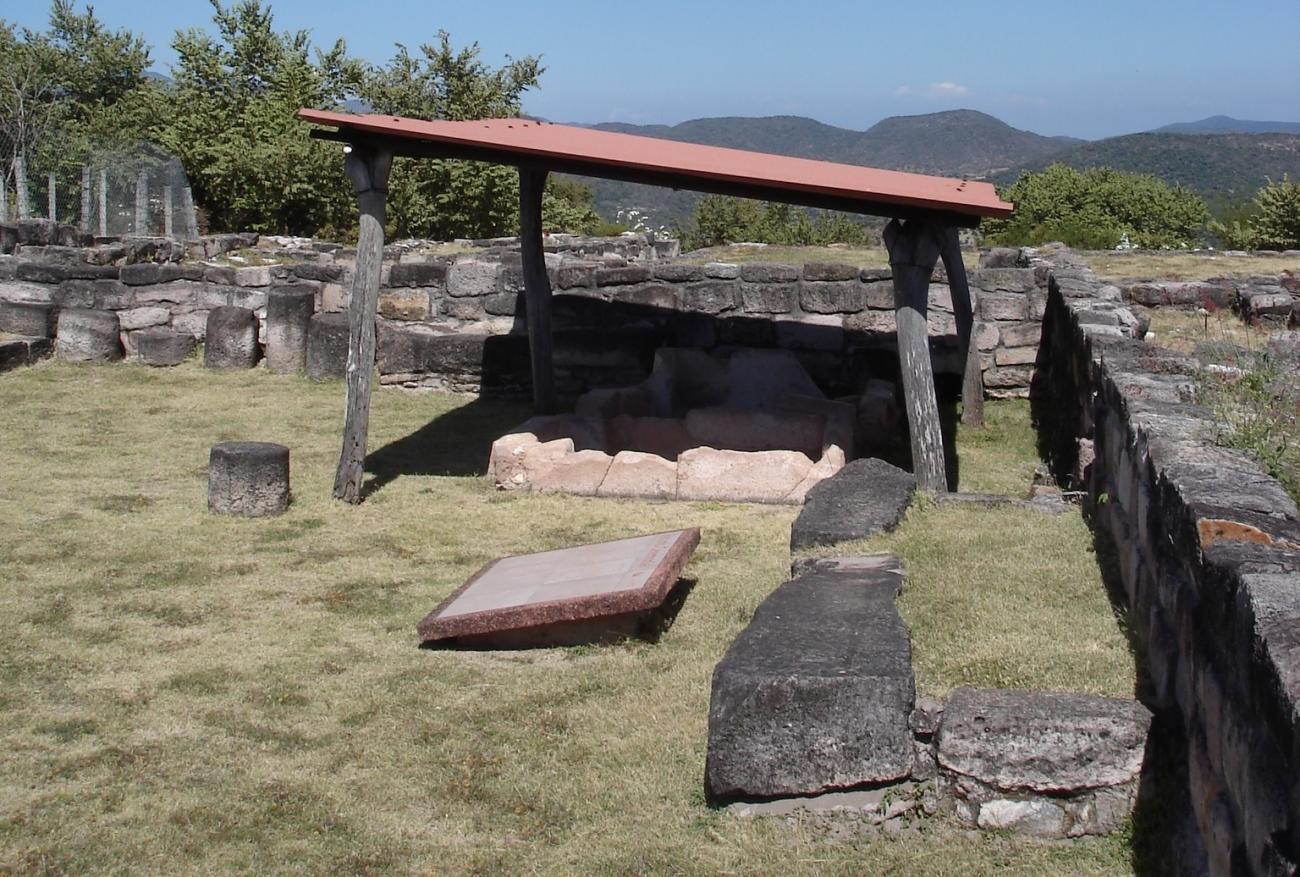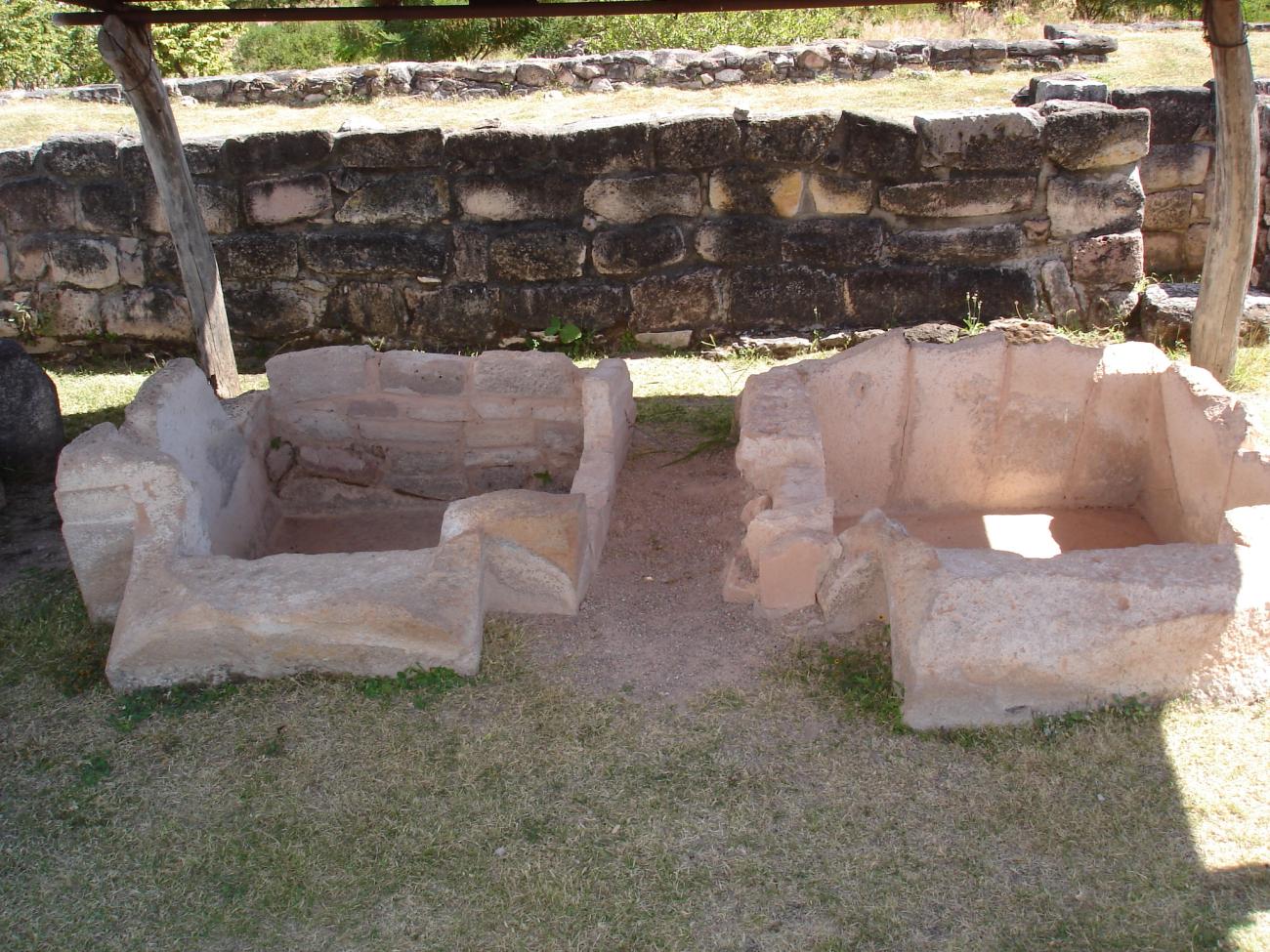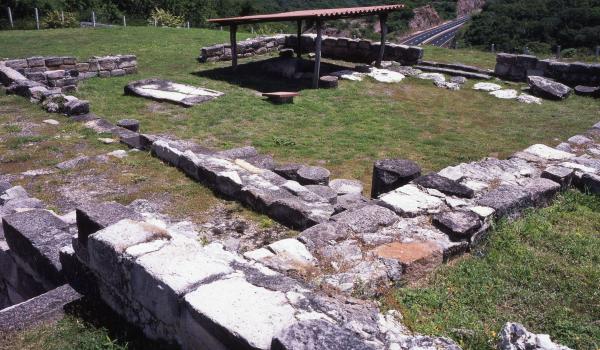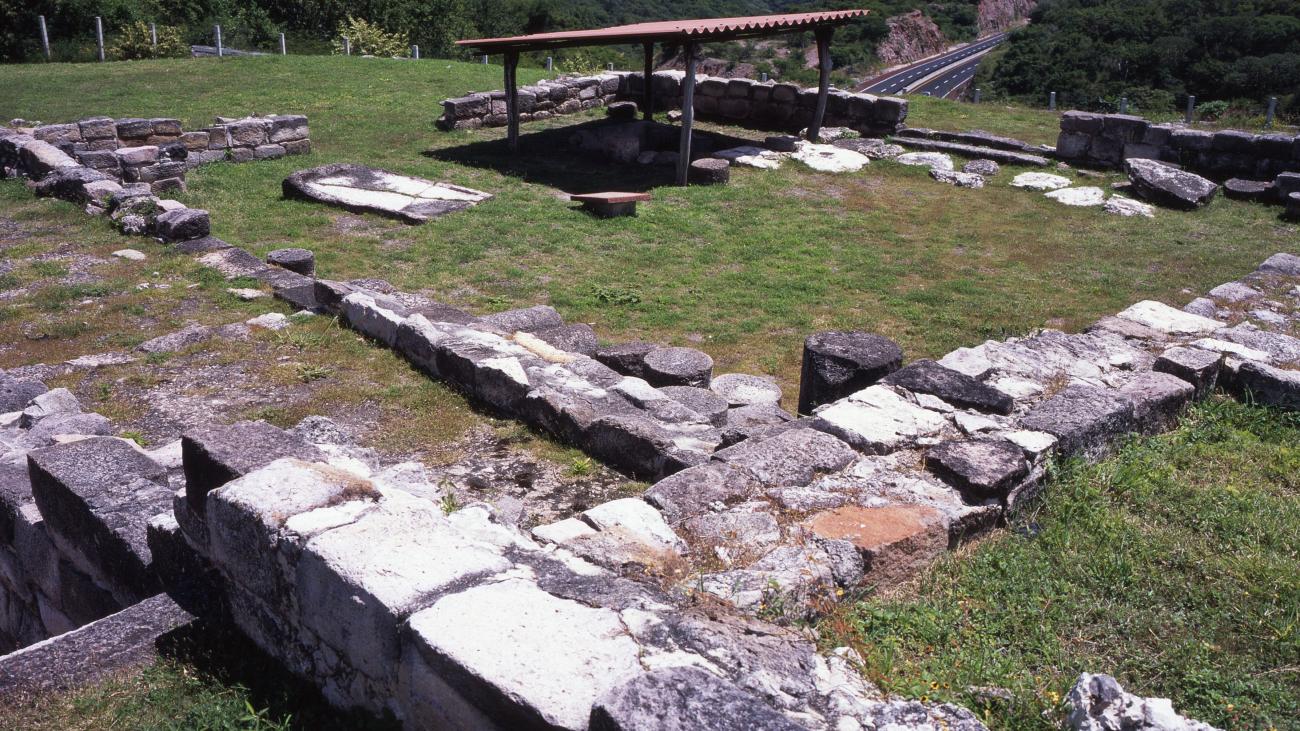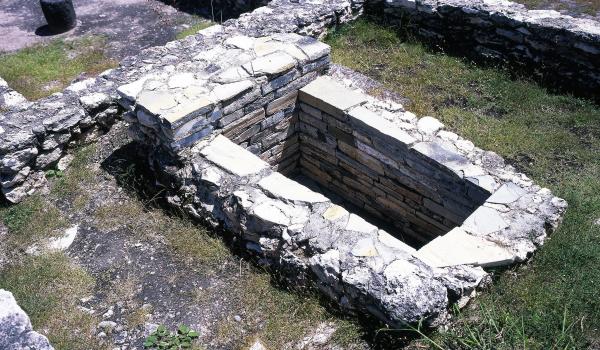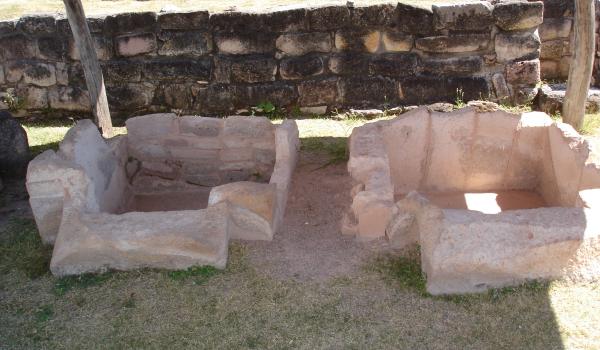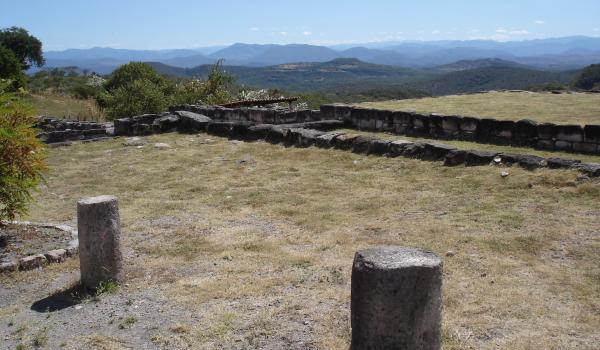At the end of the Late Preclassic, Cuetlajuchitlan was one of the main settlements of the north of the present day state of Guerrero. It was discovered in 1991 during works on the Autopista del Sol (highway). The archeological heritage was successfully preserved thanks to the Los Querende tunnel, which is also the name the locals give the site.
Only two acres of the archeological site’s 35 acres have been excavated. It is known that the settlement was occupied in 800 BC, although it reached its peak between 200 BC and 200 AD. It is distinguished by its robust buildings made from massive carved stone blocks. The stone figurines linked to the Mezcala culture belong to this stage.
During this period of splendor, the elite governors of the settlement came under the sphere of influence of the groups inhabiting the valley of Morelos, who had close ties with Teotihuacan, the great metropolis of the Central Highlands, at the same time as maintaining their relationships with other parts of the state of Guerrero, such as the central region.
The architectural style, with its pre-urban characteristics, is notable for the hundreds of columnar blocks of stone, which were both functional and ornamental. The settlement layout is also characterized by the presence of residential complexes in the far north and south. The settlement’s principal functions and ceremonies were in the central part, distributed around square sunken patios with small central stairways on the four sides.




